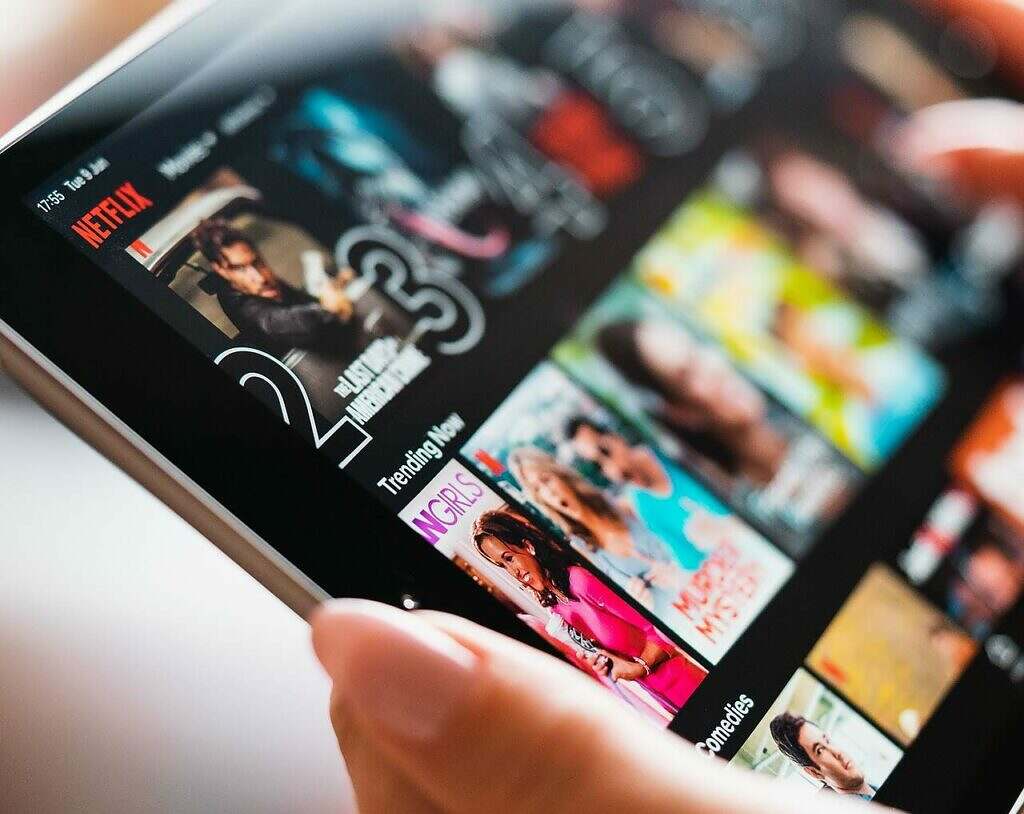In the early 2000s, the rise of the internet brought with it a wave of file-sharing platforms, with torrents leading the charge. Platforms like BitTorrent became popular for sharing files, including music, movies, and software, largely due to the lack of accessible and affordable legal alternatives.
However, the landscape of digital media began to shift dramatically with the emergence of streaming services like Netflix and Spotify.
The birth Netflix signalled the end of digital file-sharing

Netflix, originally a DVD rental service, pivoted to streaming in 2007, offering subscribers unlimited access to a vast library of movies and TV shows for a fixed monthly fee. This model provided a convenient, instant, and legal alternative to downloading torrents.
The value proposition was clear: for the cost of a couple of DVD rentals, users could access thousands of titles at any time without the risks associated with illegal downloads, such as malware or legal repercussions.
What Netflix did for movies and tv-shows – Spotify did the same for music

Spotify followed a similar path in the music industry. Launched in 2008, Spotify offered free, legal access to millions of songs supported by ads, with the option for a premium ad-free experience.
This service addressed one of the major incentives for music piracy: accessibility. Spotify made it possible for users to listen to music on-demand, create playlists, and discover new artists without purchasing entire albums or downloading files illegally.
How’d the streamers made file-sharing extinct
The success of these streaming platforms can be attributed to several key factors:
- User Experience: Both Netflix and Spotify focused on creating intuitive, user-friendly interfaces that made browsing and discovering new content easier than torrenting.
- Affordability: The subscription models offered by these platforms are generally seen as good value for the money, especially when compared to the cost of buying individual songs, albums, or films.
- Legality and Safety: Streaming removed the legal risks associated with torrent file sharing, which had been a significant concern for many users.
- Multi-device Accessibility: Unlike torrents, which required downloading and possibly converting files to different formats, streaming services offered seamless access across multiple devices.
As Netflix and Spotify grew, the use of torrent sites began to decline. This was not just due to the increased availability of legal options but also due to the aggressive legal actions taken against torrent sites. Many governments and industry groups intensified efforts to shut down major torrent sites, further decreasing their accessibility and pushing users towards legal alternatives.
Conclusion:
The impact of streaming services on torrent file sharing highlights a pivotal shift in digital media consumption. Consumers showed that they are willing to pay for convenience and legality if the price is right and the service is user-friendly. While torrenting has not been eradicated and continues to be a method of file sharing for many, its prevalence as a mainstream method of consuming media has greatly diminished due to the rise of streaming services.
Netflix and Spotify, through their innovative approaches to media distribution, have not only transformed how people consume media but also reshaped the entire entertainment industry. As these platforms continue to evolve, they set new standards for media consumption that prioritize accessibility, legality, and user experience over traditional ownership and download-based models.



